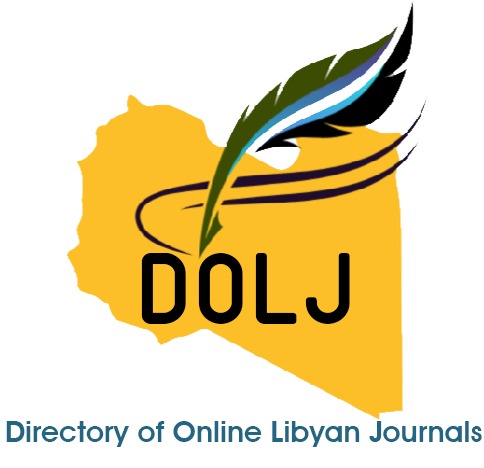Growth and Reproduction of the Earthworm After Exposure to Eisenia fetida Sub Lethal Concentration from Remilitine and Lead Mixture
DOI:
https://doi.org/10.37376/sjuob.v35i1.3259Keywords:
eisenia fetida, artificial soil, lead, remiltine, growth and annelida.Abstract
Earthworms play an important role in metal pollution monitoring and are widely recognized in terrestrial ecosystems. In the present study, adult Eisenia fetida (Saving) were exposed to soils contaminated with the metal lead and the fungicide Remiltine combination at a sub-lethal concentration (50+500 ppm) for ten weeks to evaluate the worm body growth after 28, 49 and 70 days of exposure, the reproductive parameters (cocoon production and the juvenile number per cocoon) were after 49 and 70 days of exposure. Results showed that the mean values of the worm's body weight exposed to the lead-Remiltine mixture over 70 days estimate a significant difference as compared to the control site (F=6.06 P<0.05) as the control worms reported higher weights. Furthermore, the t-test revealed a significantly higher juvenile number in the control compared to the treated worms (F=13.43 P<0.05). However, at the end of the experiment of 70 days, no significant difference was reported in cocoon production (F = 0.06 P>0.05).
Downloads
Downloads
Published
How to Cite
Issue
Section
License
Copyright (c) 2022 The Scientific Journal of University of Benghazi

This work is licensed under a Creative Commons Attribution-NonCommercial-NoDerivatives 4.0 International License.



















